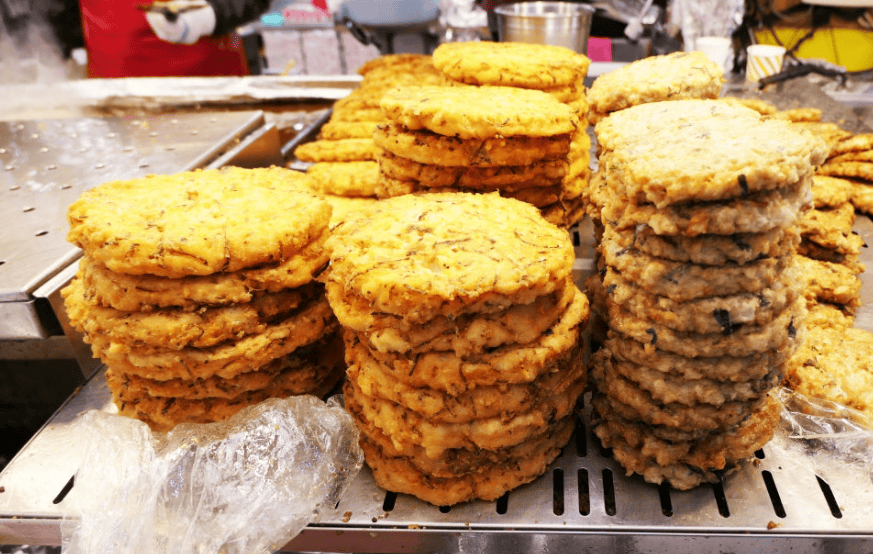Why Korean Street Markets Are Must-Visit Destinations
Visiting a Korean street market is like stepping into the heartbeat of the city. The air is filled with the aroma of sizzling food, the chatter of vendors calling out to customers, and the vibrant colors of endless stalls. Street markets in Korea aren’t just for shopping – they’re cultural hubs where locals and travelers alike gather to eat, trade, and connect.
Famous Traditional Markets in Korea
남대문시장 (Namdaemun Market – Seoul)
Namdaemun is one of the oldest and largest markets in Korea. Open 24 hours, it offers everything from clothing and accessories to kitchenware and children’s toys. Food alleys serve hearty dishes like kalguksu (knife-cut noodles).

동대문시장 (Dongdaemun Market – Seoul)
Known as Korea’s fashion mecca, Dongdaemun is packed with wholesale and retail clothing shops. It’s open late into the night, making it a hotspot for night shopping.
광장시장 (Gwangjang Market – Seoul)
Famous for its street food, especially bindaetteok (mung bean pancakes) and mayak gimbap (mini rice rolls), Gwangjang is a foodie’s paradise.
자갈치시장 (Jagalchi Fish Market – Busan)
As Korea’s largest seafood market, Jagalchi offers live fish, shellfish, and even freshly prepared sashimi. It’s a must-visit for seafood lovers.
서문시장 (Seomun Market – Daegu)
This market is known for textiles, traditional clothing, and local snacks. It’s one of the “big three” markets in Korea alongside Namdaemun and Dongdaemun.






What You Can Find at Korean Street Markets
Street Food and Snacks
No Korean market visit is complete without tasting the food. Vendors sell everything from piping-hot tteokbokki (spicy rice cakes) to crispy hotteok (sweet pancakes). Some markets specialize in delicacies like yukhoe (Korean beef tartare) or handmade noodles. The atmosphere is like a giant open-air restaurant where you can eat as you explore.




Fashion and Accessories
Markets like Dongdaemun and Namdaemun are overflowing with clothing shops, selling everything from trendy fashion pieces to traditional hanbok. Bargaining is common, and shoppers can find unique items at lower prices than in department stores.
Home Goods and Souvenirs
Markets also sell pottery, kitchenware, and handmade crafts. For tourists, these make perfect souvenirs that carry a piece of Korea’s daily life and artistry back home.



Street Market Culture and Atmosphere
Korean markets are lively and social. Vendors often greet customers with warm smiles and calls of “서비스!” (free extras) when you buy something. Bargaining adds to the fun, and the narrow alleys buzzing with people create an authentic local experience.
Markets also reflect Korea’s sense of community. They’re places where neighbors meet, stories are exchanged, and traditions are passed down.
Tips for Travelers Visiting Markets
- Bring Cash: While some stalls accept cards, many are still cash-preferred.
- Go Hungry: Food is a highlight – skip a meal before visiting.
- Wear Comfortable Shoes: Markets can be large and involve lots of walking.
- Shop Smart: Bargaining is fine, but do so politely with a smile.
- Explore Side Alleys: Hidden gems are often found away from the main paths.

How Street Markets Reflect Korean Life
Korean street markets are more than commercial spaces – they’re cultural mirrors. They reveal the country’s food traditions, fashion trends, and sense of community. Visiting a market lets you experience the rhythm of daily life, where history meets modernity in every transaction.
For travelers, markets offer an authentic connection to Korea. You’re not just buying souvenirs – you’re tasting flavors, hearing stories, and joining in a living tradition.

Leave a Reply